D-Glucaric acid
- CAS NO.:87-73-0
- Empirical Formula: C6H10O8
- Molecular Weight: 210.14
- MDL number: MFCD09752094
- EINECS: 201-768-1
- SAFETY DATA SHEET (SDS)
- Update Date: 2025-12-17 09:49:40

What is D-Glucaric acid?
Description
Saccharic acid, also called glucaric acid, is a chemical compound with the formulaC6H10O8. It is derived by oxidizing a sugar such as glucose with nitric acid.
The salts of saccharic acid are called saccharates.
Description
D-Glucaric acid, otherwise known as saccharic acid, is the product of oxidizing sugars or polysaccharides with nitric acid. German chemist Heinrich Kiliani described the reaction in 1925. Kiliani is better known for collaborating with Emil Fischer on a method for adding a carbon atom to a saccharide chain while preserving the sugar’s stereochemistry.
Glucaric acid’s only significant commercial value is the use of its sodium salt in dishwasher detergents. The acid acts as a chelating agent that ties up the hard-water calcium and magnesium ions to make the detergents more efficient. Sodium glucarate has replaced environmentally problematic phosphates in most detergents.
In February of this year, Rennovia (Santa Clara, CA) and Johnson Matthey (London)?licensed their jointly developed glucaric acid manufacturing technology?to Archer Daniels Midland (Chicago), which intends to commercialize the process. But Rivertop Renewables (Missoula, MT) was first to the market; it has manufactured the acid since 2015.
The Uses of D-Glucaric acid
Pharmaceutic aid (stabilizer).
Definition
ChEBI: D-glucaric acid is the D-enantiomer of glucaric acid. It has a role as an antineoplastic agent. It is a conjugate acid of a D-glucarate(1-). It is an enantiomer of a L-glucaric acid.
Properties of D-Glucaric acid
| Melting point: | 125-126° |
| Boiling point: | 269.65°C (rough estimate) |
| alpha | D19 +6.86° +20.60° (H2O) |
| Density | 1.5274 (rough estimate) |
| refractive index | 1.5800 (estimate) |
| storage temp. | Sealed in dry,2-8°C |
| pka | 2.99±0.35(Predicted) |
Safety information for D-Glucaric acid
| Signal word | Warning |
| Pictogram(s) |
 Exclamation Mark Irritant GHS07 |
| GHS Hazard Statements |
H227:Flammable liquids H315:Skin corrosion/irritation H319:Serious eye damage/eye irritation |
| Precautionary Statement Codes |
P210:Keep away from heat/sparks/open flames/hot surfaces. — No smoking. P264:Wash hands thoroughly after handling. P264:Wash skin thouroughly after handling. P280:Wear protective gloves/protective clothing/eye protection/face protection. P302+P352:IF ON SKIN: wash with plenty of soap and water. P305+P351+P338:IF IN EYES: Rinse cautiously with water for several minutes. Remove contact lenses, if present and easy to do. Continuerinsing. P332+P313:IF SKIN irritation occurs: Get medical advice/attention. P337+P313:IF eye irritation persists: Get medical advice/attention. P370+P378:In case of fire: Use … for extinction. P403+P235:Store in a well-ventilated place. Keep cool. |
Computed Descriptors for D-Glucaric acid
New Products
4,4-Difluoropiperidine hydrochloride tert-butyl 9-methoxy-3-azaspiro[5.5]undecane-3-carboxylate Indole Methyl Resin N-Isopropylurea N,N-Dicyclohexylcarbodiimide(DCC) MELDRUMS ACID 5-METHYLISOXAZOLE-4-CARBOXYLIC ACID Magnessium Bis glycinate Zinc ascorbate 1-bromo-2-butyne 2-acetamidophenol 9(10H)-anthracenone Erythrosin B, 4-Piperidinopiperidine 2-((4-morpholinophenylamino) (methylthio) methylene) malononitrile 2,4-dihydroxybenzaldehyde 3-(4-morpholinophenylamino)-5-amino-1H-pyrazole-4-carbonitrile Methyl 2-methylquinoline-6-carboxylate 2,6-dichloro-4-nitropyridine 4-Bromo-2-chlorobenzonitrile 2-(benzylamino)acetic acid hydrochloride 4-(tert-Butoxycarbonylamino)but- 2-ynoic acid 3,4-dihydro-2H-benzo[b][1,4]dioxepine 1-Phenyl-1-cycloprppanecarboxylicacidRelated products of tetrahydrofuran
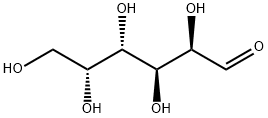
![(2S,3S,4R,5R,6R)-6-[[[(2S,3S,4R,5R)-5-(2,4-dioxopyrimidin-1-yl)-3,4-dihydroxy-oxolan-2-yl]methoxy-hydroxy-phosphoryl]oxy-hydroxy-phosphoryl]oxy-3,4,5-trihydroxy-oxane-2-carboxylic](https://img.chemicalbook.in/CAS/20210111/GIF/2616-64-0.gif)

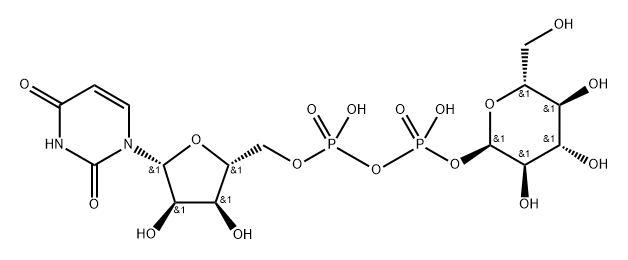
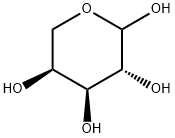
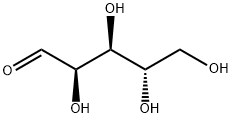

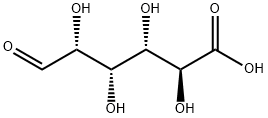
You may like
-
 3-(4-amino-1-oxoisoindolin-2-yl)-1-methylpiperidine-2,6-dione 98%View Details
3-(4-amino-1-oxoisoindolin-2-yl)-1-methylpiperidine-2,6-dione 98%View Details -
 1-methylindoline-2,3-dione 98%View Details
1-methylindoline-2,3-dione 98%View Details
2058-74-4 -
 614-19-7 98%View Details
614-19-7 98%View Details
614-19-7 -
 3112-85-4 Methyl phenyl sulfone 98%View Details
3112-85-4 Methyl phenyl sulfone 98%View Details
3112-85-4 -
 20677-73-0 (2,2-diethoxyethyl)methylamine 98%View Details
20677-73-0 (2,2-diethoxyethyl)methylamine 98%View Details
20677-73-0 -
 3-(4-(hydroxyamino)-1-oxoisoindolin-2-yl)piperidine-2,6-dione 98%View Details
3-(4-(hydroxyamino)-1-oxoisoindolin-2-yl)piperidine-2,6-dione 98%View Details -
 57381-49-4 2-bromo-4-chlorobenzonitrile 98%View Details
57381-49-4 2-bromo-4-chlorobenzonitrile 98%View Details
57381-49-4 -
 4,6-dichloropyrimidine-5-carbaldehyde 98%View Details
4,6-dichloropyrimidine-5-carbaldehyde 98%View Details
5305-40-8
